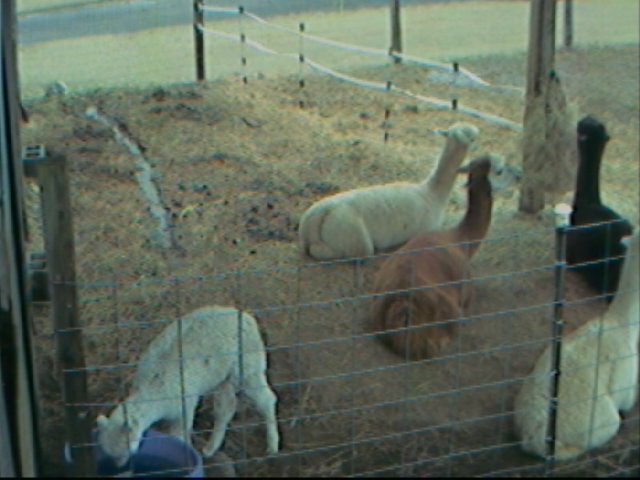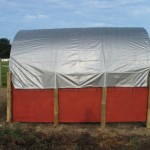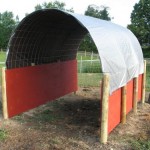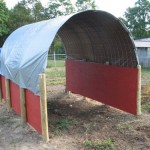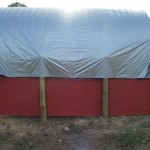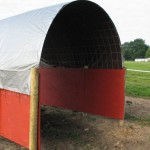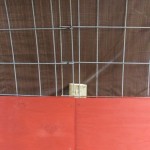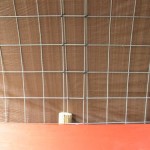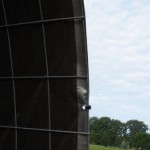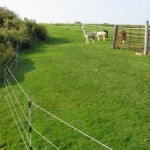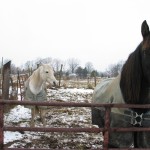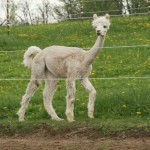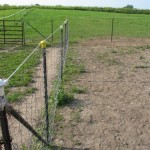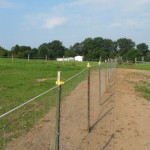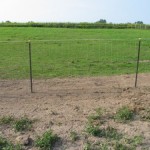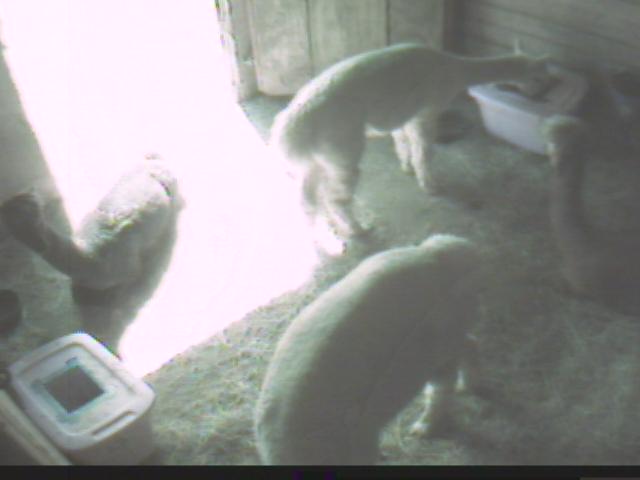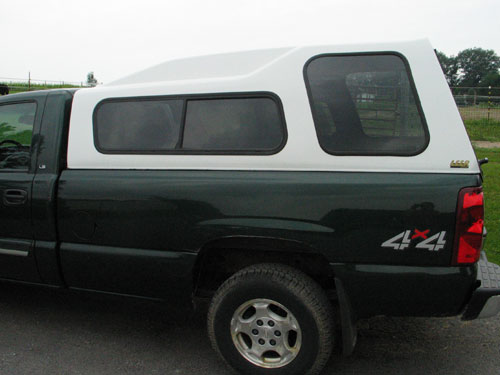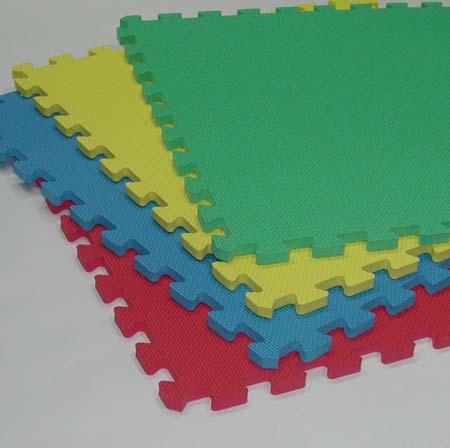Well I must say that our first experience with birthing and raising a cria has been an exciting one. I wasn’t expecting to be so involved though. I thought I’d share with you our hands on 2 month timeline for raising our little Albina.
There are many different opinions of what to feed cria. Here is the milk cocktail we chose to feed.
2 large spoonfuls of store brand probiotic vanilla yogurt. Cover yogurt with half/half (~ 3-4oz), fill rest of the bottle with Vitamin D whole milk. Leave some air in the bottle and shake very well to mix in all the yogurt. Warm the bottle in a pot of water and it’s ready to serve. Depending on quantity of milk we chose to feed in a 9oz glass human baby bottle or in a 24oz soda bottle with a flutter lamb nipple. Cut an ‘X’ in the nipples so that milk flows freely.
Day 1:
Weight: 20lbs
Albina was able to stand and walk within 40 minutes of birth. She had a great suck reflex and tried to suckle on the wall. We checked mom for milk but she was dry. We repeatedly applied a hot cloth to mom’s belly but no milk dropped. By hour #2 we decided to mix up some powdered colostrum. (NOTE: Learn from our mistake to NOT use powdered colostrums, it does nothing. Try for fresh cow/goat or frozen llama/goat.) Baby drank down 24oz of (what we thought was useful) colostrum in 12 hrs. 4oz every 2hrs or so.
Day 2:
We continued to apply hot towels to mom’s belly and finally started to get milk. YIPPY! Or so we thought. We pointed baby at mom’s udder but she freaked out, kicked and sat on her baby. Back to the bottle. We mixed in the last bit of useless colostrum, with some electrolytes into the above milk cocktail and Albina continued to drink well.
We took Albina and mom to the vet for a checkup and an IGG and BVD test. Both came back with a clean bill of health and a 24hr wait for test results from the blood work.
Feeding schedule was 4oz every 2hrs around the clock total of 48oz of milk. Albina drinks bottle without human contact. We put the bottle in a feeder and she feeds herself. See Self Feeding Bottle Baby
How much should a cria drink? 10% of body weight to maintain. 15% of body weight to grow.
15% of 20lbs = 3 pounds = 48oz of milk.
Day 3:
Feeding still at 4oz every 2hrs around the clock
Weight: dropped to 19.8 lbs
IGG test came back at a ZERO! Yikes. Lessoned learned about powdered colostrum. Next time we will be getting fresh cow’s colostrum from the dairy at the end of our road. Back to the vet we went for a plasma transfusion.
Day 4:
Feeding 4oz every 2hrs around the clock. Getting very tired.
Day 5:
Feeding 4oz every 2hrs around the clock. Back to the vet for another IGG test
Weight: 22lbs
Day 6:
Tried feeding in the middle of the night. Cut out the 2am and 4am feeding… now feeding 6am, 9am, noon, 2pm, 4pm, 6pm, 10pm. Albina is drinking 7-9oz per feeding now. IGG Came back at 800! Yippy!
Week 2:
Still feeding at the Day 6 schedule and she is consistently drinking 8-9oz a feeding all week
Week 3:
New feeding schedule: 6am, 10am, 2pm, 6pm, 10pm She is a piggy and is now consuming 64-70oz a day. We stopped feeding out of 9oz baby bottles and now are using a lamb nipple on a 24oz Mt Dew bottle.
Week 4:
New feeding Schedule: 7am, noon, 5pm, 9pm Still is consuming 64-70oz a day.
Week 5 & 6:
New feeding schedule: 7am, 3pm, 9pm She is now drinking over 70oz a day
Week 7 & 8
New feeding schedule: 8am & 9pm She’s losing interest in milk all together beginning of week 8 and often refuses the bottle or only drinks 2-4oz. By now she’s happily eating grass, grain, hay and uses the bottle more for a water supplement than for nourishment.
Weaning: At the end of week 8 she was drinking only 6oz a day maybe. I made the decision to cut her off fully. She weighs 52lbs now and is very independent, strong and healthy. My only concern was her water intake but recent barn cam footage shows she is drinking. I did consult a vet about weaning at 2 months of age since usually cria will nurse off mom until 6 months or more. They assured me that 2 months is perfectly fine for weaning as long as the cria has a creep feeder with as much hay and grain they want that adults can’t get to.
